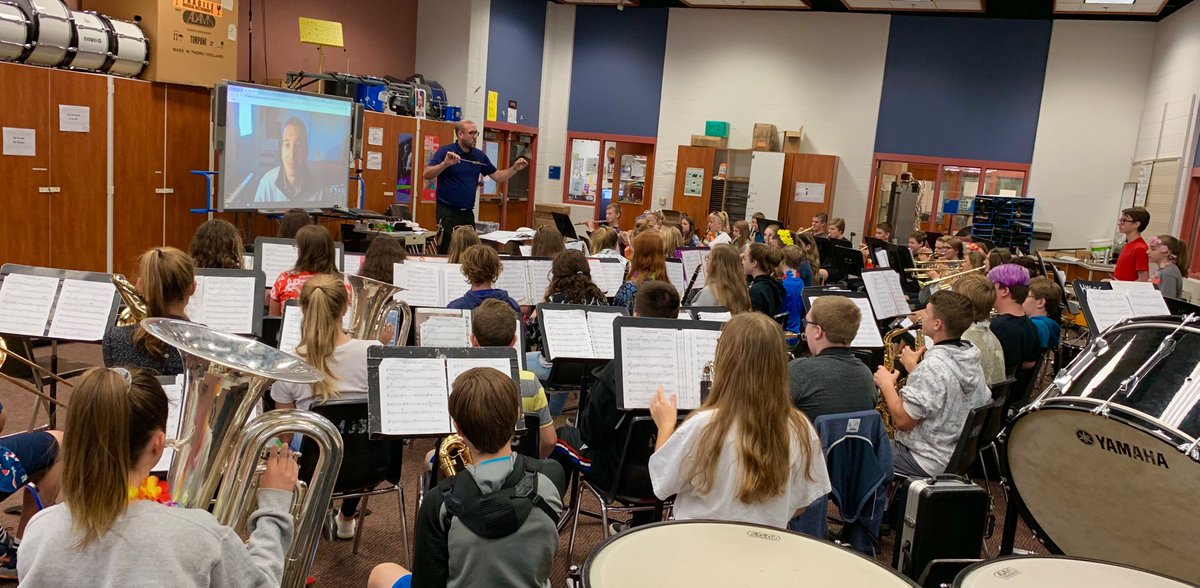Strategies and designs in Teaching Music

Teaching music is essential for each student’s progress for this empowers our creative side. This will make us well-rounded persons. However, it doesn’t gain just as much interest from students as other subjects do. Music, for many, is simply another area of the curriculum, or perhaps an icebreaker using their tiresome academic load.
Nevertheless, the background music teacher could make this subject more interesting and lots of fun. This might really be considered a venue for college students to harness a talent or perhaps uncover a pastime that some haven’t recognized. Thus, the important thing here’s to attract enthusiasm from students towards music.
For example, the apparently boring subject on musical theories finds a friend in interactive programs, mostly through computers. You will find on the internet and downloadable activities available in which students can learn and adopt in additional enjoyable and fascinating ways, for example within the types of quizzes, activities or games. In the same breath, teachers can assess their students’ learning.
However the fun comes when these theories are apply! It seems that among the best methods to attract students’ curiosity about music is as simple as teaching them skills in playing music. The opportunity to play instruments, or perhaps the procedure for learning them, enables the scholars to become directly involved with music.
Obviously, music teaching styles differ for each educational level. But the reality is it ranges from easy to more complicated as students advance. It all depends on their own interests and priorities at that point.
More youthful children would most likely appreciate encompassing music to children’s literature. Youngsters learn their first music usually through nursery rhymes. Incorporating movements with music might prick their interests by doing offers with musical accompaniments or while singing game songs.
For older students, they might be educated to play more complicated instruments. They can also be brought to interactive activities online, because they are old to rehearse responsible access of internet sources.
Older students may also be brought to more difficult musical concepts. Teachers can impart them via lectures or sample music or songs that report or exemplify some definite and certain concepts. Self-confidence may also be fostered by asking students to take part in musical activities or performances that showcase their talents.
In addition, students, both youthful and old, could be asked to make their very own musical compositions. It’ll assist them to come with an almost “concrete” grasp on music, both how it operates and how they may have great results on their behalf.
A essentially new and demanding technique for music teachers is tapping technologies. Technological advances for making music, hearing music, as well as discussing music should be exploited by music educators. Several software applications, being mostly interactive, entails students’ full attention, and promotes both rational and inventive thinking included in this.
Sources for music teachers are abundant. They may be found both inside and outdoors the classrooms, as well as virtual reality. What’s crucial is the fact that music teachers really tap these varied sources, to place color and vibrancy to music teaching… and learning!








